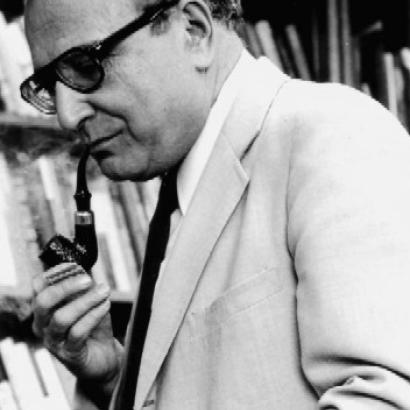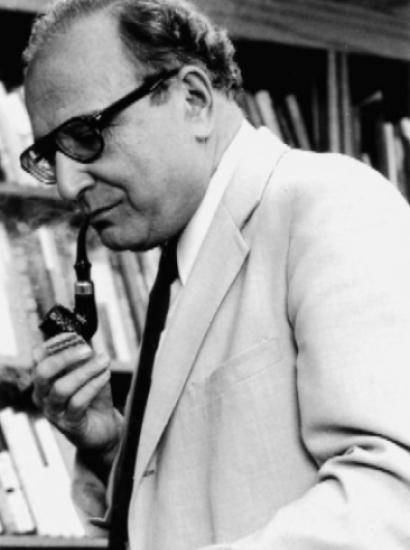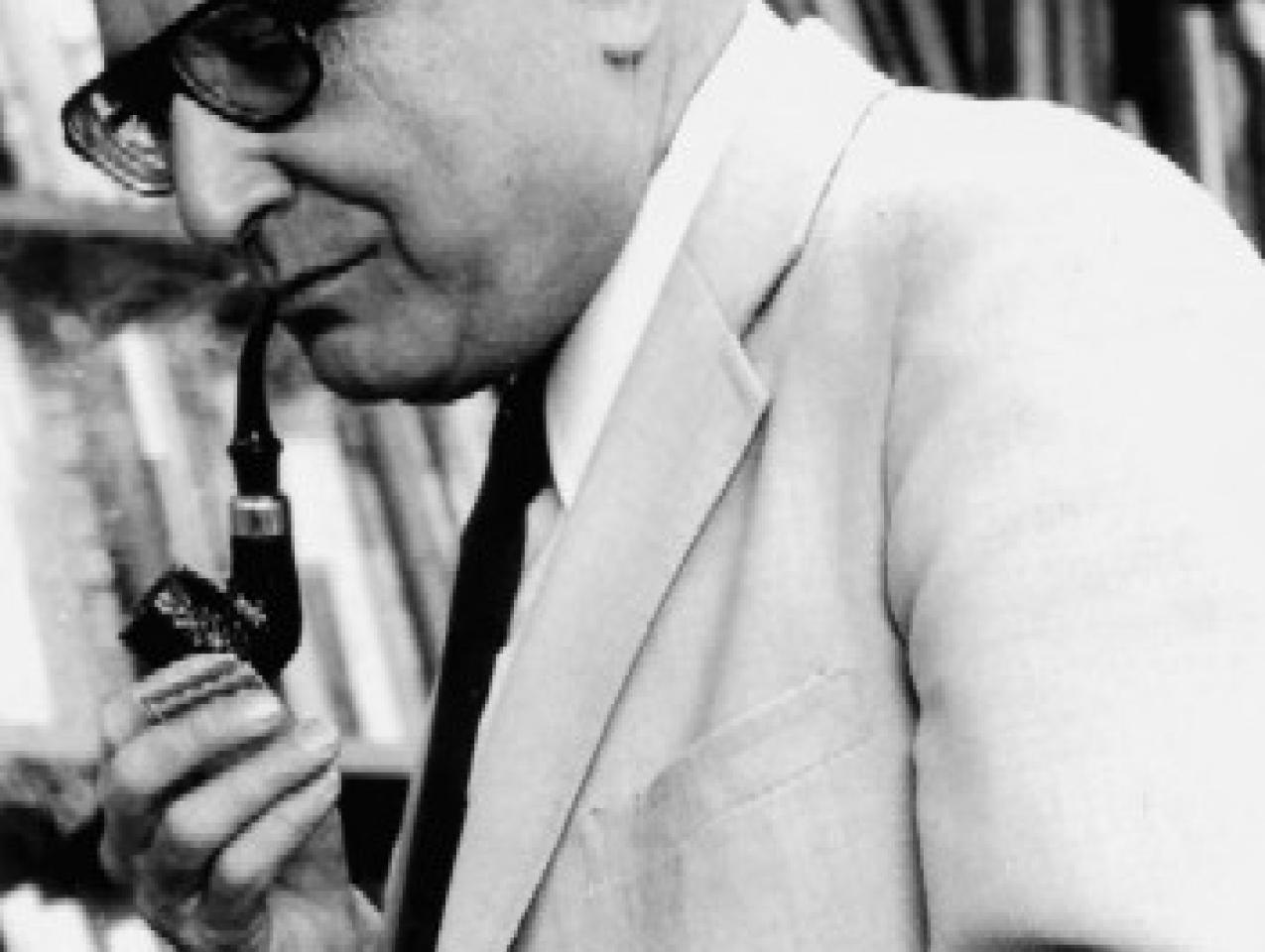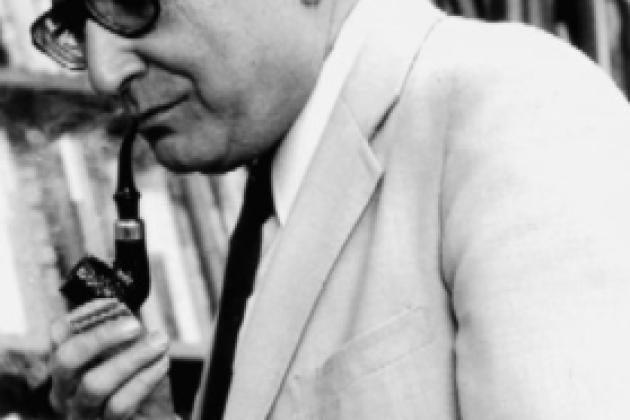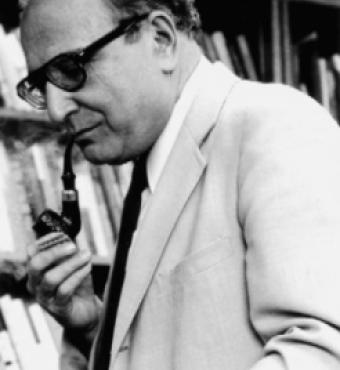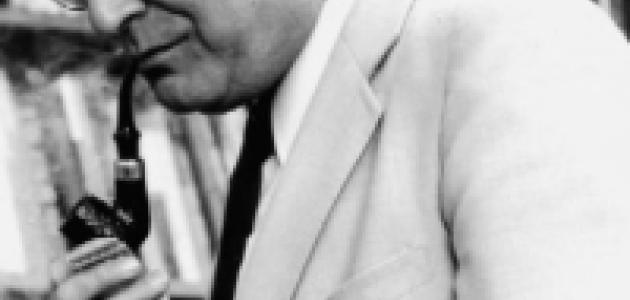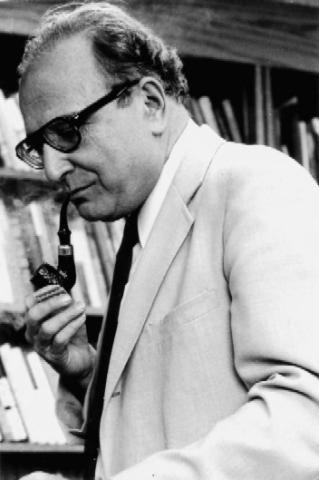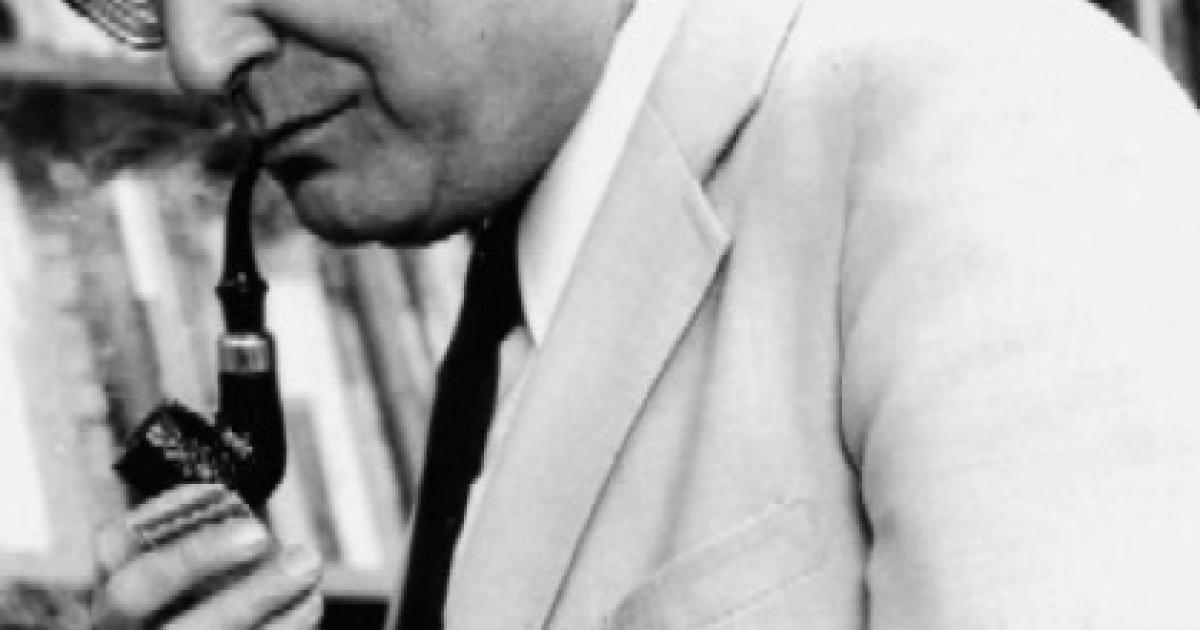Michael Boskin is lucky he has his office in the Herbert Hoover Memorial Building. In the late 1970s, its former occupant, Marty Lipset almost burned it down. Seymour Martin Lipset—a Hoover senior fellow for the last three decades of his life, and one of the most
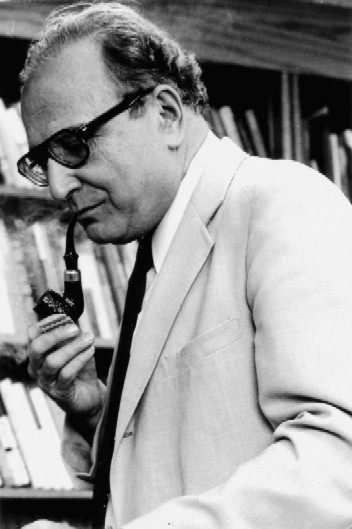
prolific and influential social scientists in American history—was an intensely focused intellectual who did not trifle with the ordinary details of life. While working in his office, correcting one of the several hundred articles he authored in his pathbreaking career, he tossed his burning pipe ashes into the trash can beside the desk.
Outside his passionate interests in scholarship, politics, and people, Marty could be absentminded. Once, a graduate student watched as he leaned back in his chair, folded his hands behind his head, and dumped his pipe’s extinct ashes onto his hair while he continued, unaware, to converse for half an hour. On another occasion, Marty failed to notice when a bird flew into his office window overlooking Stauffer Auditorium. He kept talking while it thrashed about and assistants scurried here and there trying to usher the poor thing out.
It was different, though, when he hurled the burning ashes into the trash—different for the research assistants who came running when they smelled smoke. Seeing flames rising from his trash, they grabbed a pitcher of water and doused the fire. Marty calmly kept on correcting his manuscript.
Marty Lipset was consumed with an inner fire, a hunger to explain what made democracy possible and America exceptional—and so much else. Few if any American social scientists made so many important contributions across so many different fields: the political and social origins of democracy, socialism, fascism, revolution, protest, ethnic prejudice, anti-Semitism, and political extremism; the causes and consequences of class conflict, structure, and mobility; the links between social cleavages, party systems, and voter alignments; the determinants of voter preferences and electoral outcomes; the changing character of such diverse institutions as trade unions and higher education (and even unions in higher education!); the dynamics of public opinion and public confidence in institutions; the role of religion in American life; and the political behavior of American Jews. Across this sweeping landscape of classical and pioneering issues in the social sciences, he captivated an astonishingly broad readership with his innovative methods, mountains of evidence, and refreshingly lucid and accessible prose. His most famous work, Political Man, sold more than 400,000 copies and was translated into 20 languages (including, he was proud to tell, Vietnamese, Bengali, and Serbo-Croatian).
Marty was both an Americanist and a comparativist, and not by accident. He stressed over and over to his students: “He who knows only one country, knows none.” He meant that as a caution to students (and scholars) who would only study American politics and society, but he urged all his students to look beyond the confines of any single case. One question that obsessed him was why no significant socialist party had emerged in the United States. He understood from the beginning that he could answer this question only in a comparative context. As a graduate student at Columbia University in the 1940s, he raced off to the Canadian province of Saskatchewan to study the Cooperative Commonwealth Federation when it became the first socialist party in North America to win control of government democratically at the polls. He compared that experience with the neighboring Republican state of North Dakota, resulting in his widely acclaimed first book, Agrarian Socialism. Sparking a lifelong intellectual interest in electoral systems, party politics, and civil society, that book (he later reflected) was “a bridge to the study of what would eventually become my major substantive and political interest, democracy.”
During the second half of the twentieth century, no one writing about democracy was more cited by other scholars, more often translated into other languages, or more widely read and appreciated, not just by legions of professors and students but by policy makers and civic activists who were struggling to implement democracy. The diverse theoretical approaches, intellectual interests, and political orientations of his students and readers testify to his own open-mindedness and breadth. An admirer of Aristotle—who stressed the importance for democracy of moderation and a large middle class—Marty lived his life as he wove his theories, with a strong belief in reason, restraint, tolerance, and pragmatism as the bedrock values of democracy and of a decent society.
| Few if any American social scientists made so many important contributions across so many different fields. |
This core philosophical conviction runs like a silver thread throughout his work and his life. It explains his constant search for equilibrium—between consensus and conflict, between ideological extremes, even between political parties in the United States. It explains his opposition to radicalism and revolution but also his abiding concern with the need to attenuate inequality (a feature of American society that continually troubled him). It informs his theorizing on the vital importance for democracy of legitimacy, what he called “a moral title to rule.” We see it in his intellectual drive to understand (and guard against) fascism of both the left and the right. We see it in the thinkers who most influenced him—Aristotle, Alexis de Tocqueville, Max Weber, and Joseph Schumpeter—and in the American presidents he most admired: George Washington and Teddy Roosevelt (whose photo he hung in his Hoover office). It is apparent in the remarkable way in which he evinced, throughout his life, immense pride in the United States—The First New Nation, as he titled his sixth book—and yet resistance to all forms of chauvinism.
Throughout his life, as Marty freely acknowledged in his academic memoir Steady Work (published in the Annual Review of Sociology in1996), he remained “committed to politics as a scholarly vocation and as my main avocation.” Growing up in New York City during the Depression, he was heavily influenced by the Marxist (as well as Jewish) concerns of his parents and by his father’s involvement in the printers’ union (first in the father’s native Kiev, then, after 1911, in America). The younger Lipset immersed himself in the arcane intricacies of Marxist, Leninist, and Trotskyist theories, came to believe in them, and then—as he confronted the realities of what they wrought—abandoned them. In his early academic career in the 1950s he remained devoted to what he called in his extraordinary memoir “a moderate form of democratic socialism.” But in 1960 he left the small Socialist Party, which he considered “a futile organization.” By then, he was teaching at UC-Berkeley, and as that tumultuous decade wore on he would encounter a different type of leftist excess that would propel him further (as he described it) “to a middle-of-the-road position, as a centrist, or as some would say, a conservative Democrat”—or a neoconservative. Yet, although he was close throughout his life to Irving Kristol and other neoconservatives, he never left the Democratic Party (though more than once he could not bring himself to vote for its presidential candidate).
| His most famous work, Political Man, sold more than 400,000 copies and was translated into 20 languages (including, he was proud to tell, Vietnamese, Bengali, and Serbo-Croatian). |
Marty Lipset loved politics and public policy and became one of America’s most prominent public intellectuals. A close friend of New York senator (and fellow sociologist) Daniel Patrick Moynihan, he became active in the centrist wing of the Democratic Party. His political passion and yet moderation were also evident in his leadership roles in many Jewish orga-nizations and causes. President of the American Professors for Peace in the Middle East and chair of the National Advisory Board of the National Hillel Foundation, he felt a deep lifelong attachment to the state of Israel. When he moved to Washington, D.C., in 1990 (while remaining a Hoover senior fellow and recurrent summer presence), he took to the nation’s capital like a fish to water. Those years saw a flowering of intellectual life and public policy research in Washington, stimulated by Marty’s towering presence and his seminal involvement with such institutions as the National Endowment for Democracy, the Woodrow Wilson Center for International Scholars, the Progressive Policy Institute, and the U.S. Institute of Peace (on whose board he served until his death).
Marty Lipset was a big man in every respect. He was six foot two. He enjoyed things on a large scale: big theories, bold ideas. His home and offices were constantly overflowing with books. His most prized possession was a six-foot carved wooden Indian, which he once shipped as excess baggage.
More important, he was bighearted. For a great man, he was remarkably unpretentious; to his friends, colleagues, and even graduate students, he was simply “Marty.” Several years ago he was introduced this way to a man at a cocktail party, who remarked, “I know Seymour Martin Lipset.” Marty replied, “I know him, too.” He was magnanimous. He did not hold grudges. To his students, colleagues, and even people he did not know, he was disarmingly charitable, frequently going to great lengths to help them get grants, publish books, find jobs, and fulfill their potential. His beloved wife of the past 16 years, Sydnee, said it best shortly after his death: “He was extraordinarily generous. He wanted people to succeed and never felt diminished by the success of others.”
Three years ago, the National Endowment for Democracy established an annual democracy lecture in Marty Lipset’s honor. When it was announced, tributes poured in from around the world. One of them came from a Colombian sociologist, Stella Quah, who has taught for many years in Singapore. She had never met Marty, but was moved to thank him for the contributions he had made to the growth of sociology, and “to generations of students around the world whom you have never met, but who, like me, consider you one of their best teachers.” The world has lost one giant of a teacher.








